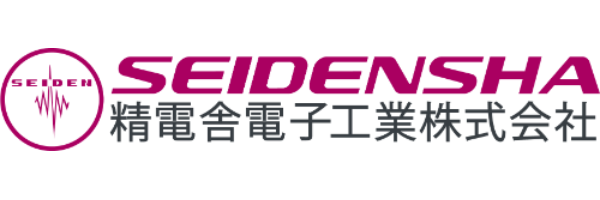-
HOME
-
Generator
- Laser oscillator
Laser oscillator / List of 7 manufacturers
What is a Laser oscillator?
A laser oscillator is a device that amplifies light to generate laser beams. Laser beams are characterized by their single wavelength, high coherence, and excellent directionality, making them invaluable in various industries and scientific fields. A laser oscillator typically consists of three key components: a pump source, gain medium, and resonator. These components amplify energy to produce intense laser light. There are various types, including solid-state, semiconductor, gas, and fiber lasers, depending on the application.
Application of Laser oscillator
✅ Metal Processing
Utilizes high-power lasers for precise cutting and welding of metals.
✅ Medical Applications
Employed in ophthalmic surgeries and dermatological treatments for precision and safety.
✅ Communication
Used in optical fiber communications for high-speed, long-distance data transmission.
✅ Measurement
Laser interferometers provide accurate distance and position measurements.
➡️ We are looking for companies in Thailand that handle and provide demo units of 【Laser oscillator】.
➡️ MAB THAILAND is seeking distributors, sales partners, and manufacturers for 【Laser oscillator】.
➡️ Please feel free to contact us!
Manufacture list of Laser oscillator
※Includes information on some trading companies







